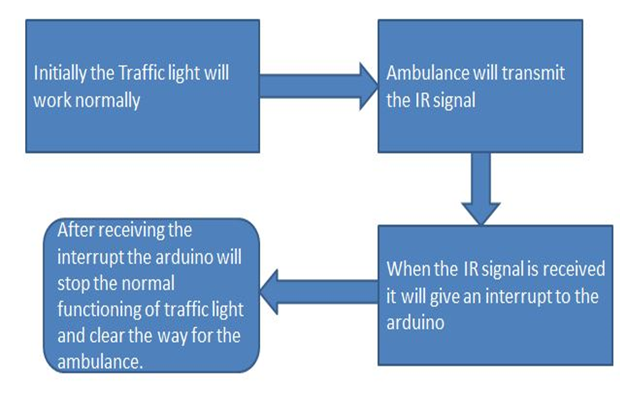Objective
Our system is useful for monitoring the health system of every person by easily attaching the device and recording it.
We can analyze patients’ conditions through their past data, IoT sensors are being utilized to consistently record and monitor health conditions and transmit alerts in the event that any uncommon signs are found.
If there should be an occurrence of a minor issue, the IoT application additionally has the arrangement to recommend a medicine to the patients.
Introduction
This project is the solution to be able to make use of IoT sensors and actuators to be able to detect issues with subscribed patients remotely to be to monitor health, emergencies, statistics, etc, This makes use of Cloud, Machine learning, IoT platforms, and devices.
The results can be recorded using Arduino.
The doctors can see those results on an application. The system will also generate an alert notification which will be sent to the doctor.
Literature Survey
- Smart Health Monitoring Systems: An Overview of Design and Modeling
- Cloud-Based Privacy-Preserving Remote Monitoring and Surveillance
- A Review of Machine Learning and IoT
Architecture Design
The Flow diagram for Cloud and IoT based Emergency response system follows Sensing, Processing Unit, Cloud Server and Analysis.
Hardware and Software Requirements:
Arduino:
IoT Sensors: The main purpose of sensors is to collect data from the patient’s body and from the surrounding environment.
Cloud: These cloud computing platforms are used to store the data and perform some analysis on the data which is stored on the cloud.
Product Perspective
User Classes and Characteristics
The main objective is to design this System with two-way communication i.e. not only the patient’s data will be sent to the doctor through SMS and email in emergencies, but also the doctor can send required suggestions to the patient or guardians through SMS or Call or Emails.
The user base for this application involves patients and old age people.
Assumptions and Dependencies
Appreciable accuracy in IoT sensors to fetch accurate data.
Reliable internet connections.
User Interfaces
Front-end:
- Web application
- IoT sensors
Back-End:
- Open Source IoT platform
Functional requirements
- Sensors frequently detect data from patients.
- Collected information is updated in the cloud.
Performance Requirement
The data analysis and communication (response) between the user device and subscribed user must be quick.
Conclusion
The primary purpose of a health monitoring system is to allow people to lead independent and active lives in their familiar home environment while ensuring continuous, non-invasive, non-intrusive, and seamless surveillance of their health and physical well-being. Continuous monitoring of health status can provide comprehensive information about individuals’ health status over a period of time.
Download the complete project Code & paper Presentation of Cloud and IoT Based Health Monitoring System Project.

